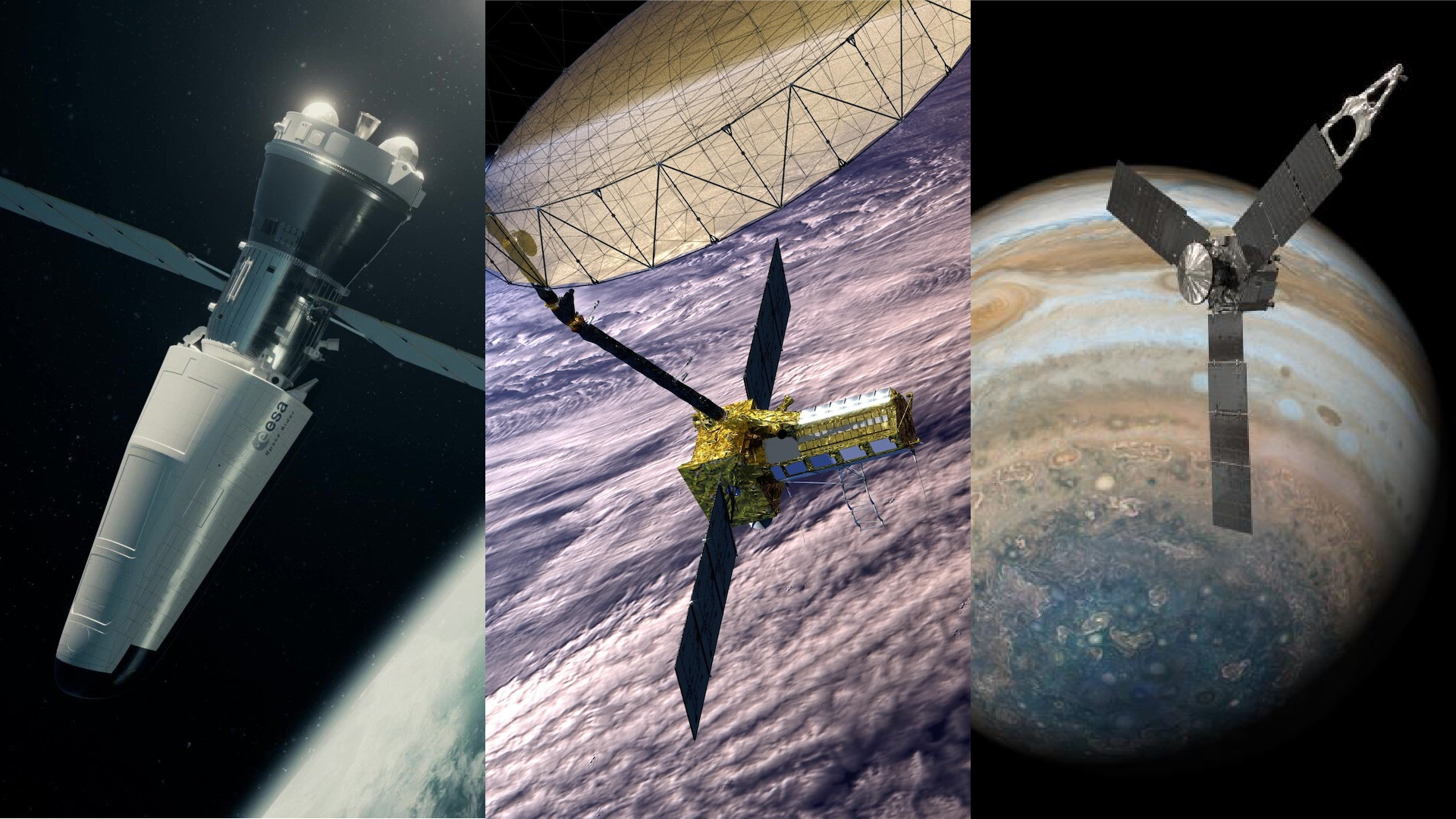
This year will be an exciting time for space missions.
2025 kicks off with two moon landing attempts in January, followed by SpaceX's daring demonstration to transfer propellants between two Starship vehicles in low Earth orbit — a critical step in testing the company's ability to use the spacecraft to reach the moon and Mars. Later in 2025, Europe will launch an uncrewed robotic laboratory, and NASA's Juno spacecraft may reach the end of its extended mission and burn up in Jupiter's dense atmosphere.
Here are the coolest space missions to look forward to in 2025.
Blue Ghost 1 and Intuitive Machines' moon landings
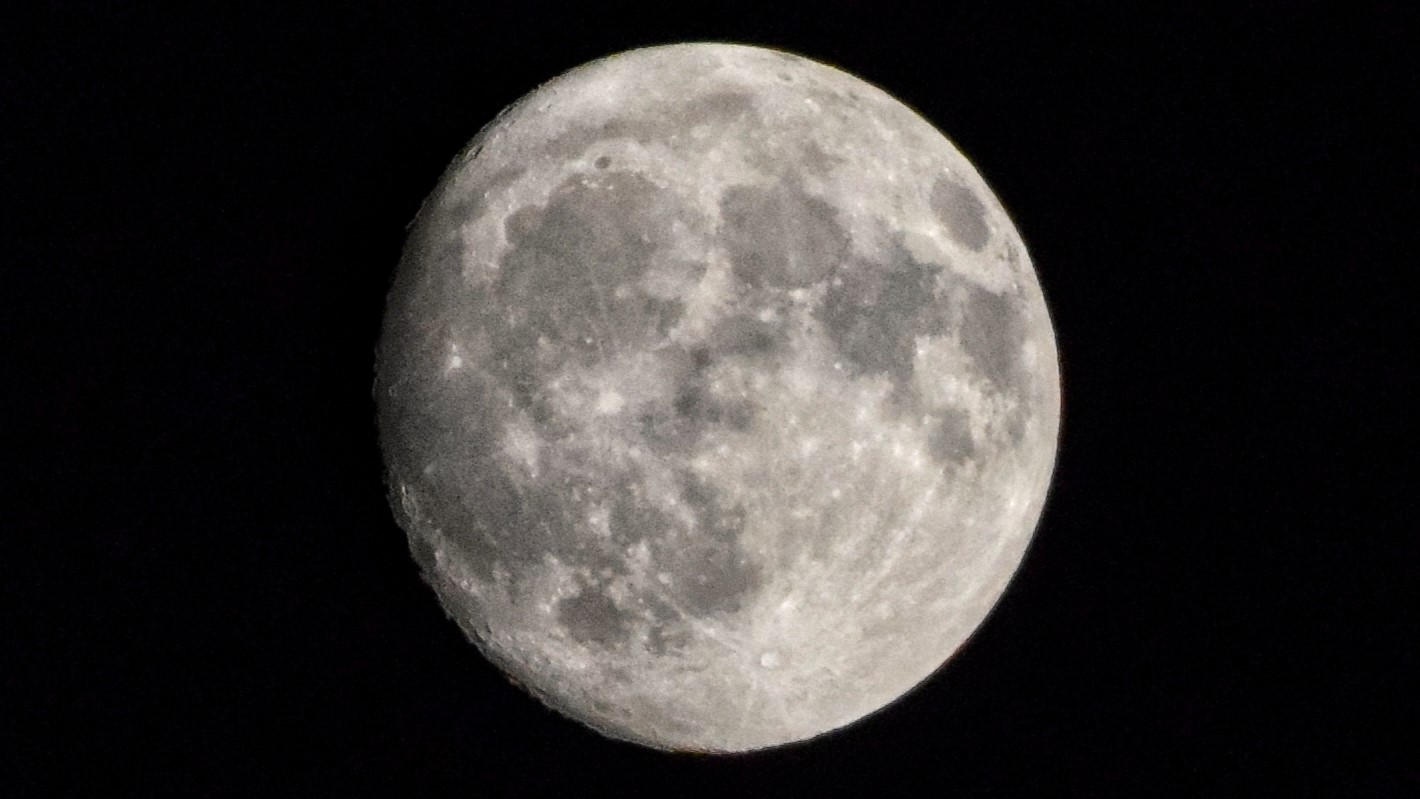
In mid-January, Texas-based Firefly Aerospace will launch the "Ghost Riders in the Sky" mission, which aims to ferry a moon lander with 10 NASA payloads. The moon lander will head to Mons Latreille, a volcanic feature on the near side of the moon that was formed by volcanic eruptions over 3 billion years ago.
The lander, called Blue Ghost 1, is expected to operate during the daylight hours of one lunar day, or roughly 14 Earth days, during which it will gather data about the moon's regolith, or rocky surface, and how that rock interacts with the solar wind (the stream of charged particles that flows out of the sun's outer atmosphere) and Earth's magnetic field.
Toward the end of its mission, Blue Ghost 1 will take images of the moon's sunset and collect data about what changes occur on the lunar surface at dusk.
Meanwhile, Texas-based Intuitive Machines hopes to land its IM-2 spacecraft at the moon's south pole in February. The spacecraft aims to measure the regolith's volatiles, or delicate chemical compounds, using a drill and mass spectrometer. The spacecraft will also carry a small satellite, Lunar Trailblazer, which is designed to map water deposits on the moon to help NASA identify future landing sites for its Artemis missions IM-2 will fly a more direct route than Blue Ghost 1 and aims to land on the moon just a week after launch.
SpaceX's attempt at daring in-orbit propellant transfer
SpaceX is gearing up for a groundbreaking test to transfer propellant from one Starship to another while docked in low Earth orbit. The demonstration, scheduled for March 2025, will involve launching two windowless Starship vehicles about three to four weeks apart, with the second serving as a refueling tanker for the first.
This test is a crucial step in demonstrating that the spacecraft can be used to reach the moon and, eventually, Mars. Current NASA plans to reach the moon and Mars rely on the Human Landing System variant of Starship. In theory, astronauts who board the Human Landing System as a part of the Artemis 3 mission will reach the moon no sooner than mid-2027.
First NASA-ISRO Earth science mission
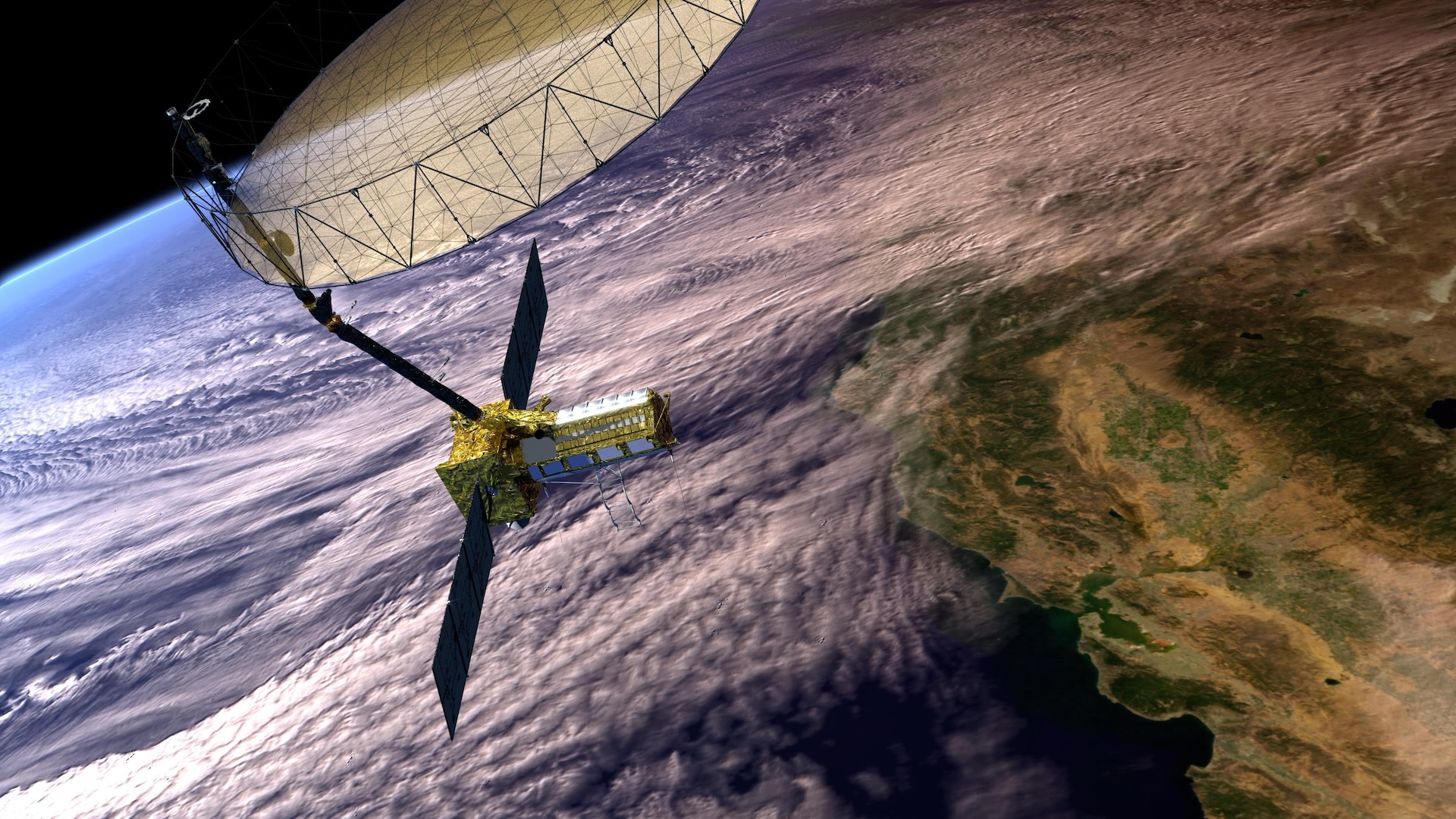
Also in March 2025, NASA and the Indian Space Research Organisation (ISRO) are teaming up to launch the first of their spacecraft on the Earth-observing NASA-ISRO Synthetic Aperture Radar (NISAR) mission, which will scan much of Earth's land and ice nearly every week. Using a pair of radar instruments that can see through clouds in both day and night, the spacecraft will measure the motion of Earth's surface down to fractions of an inch. Such precise measurements will help scientists track land movements that may be precursors to volcanic eruptions and earthquakes, as well as monitor changes in forests and agricultural lands.
The U.S. and India are also partnering on a high-profile effort to send the first Indian astronaut — Indian Air Force test pilot Shubhanshu Shukla — to the International Space Station no sooner than April 2025 on the private Axiom Mission 4.
Liftoff of delayed "Blue" and "Gold" Mars satellites
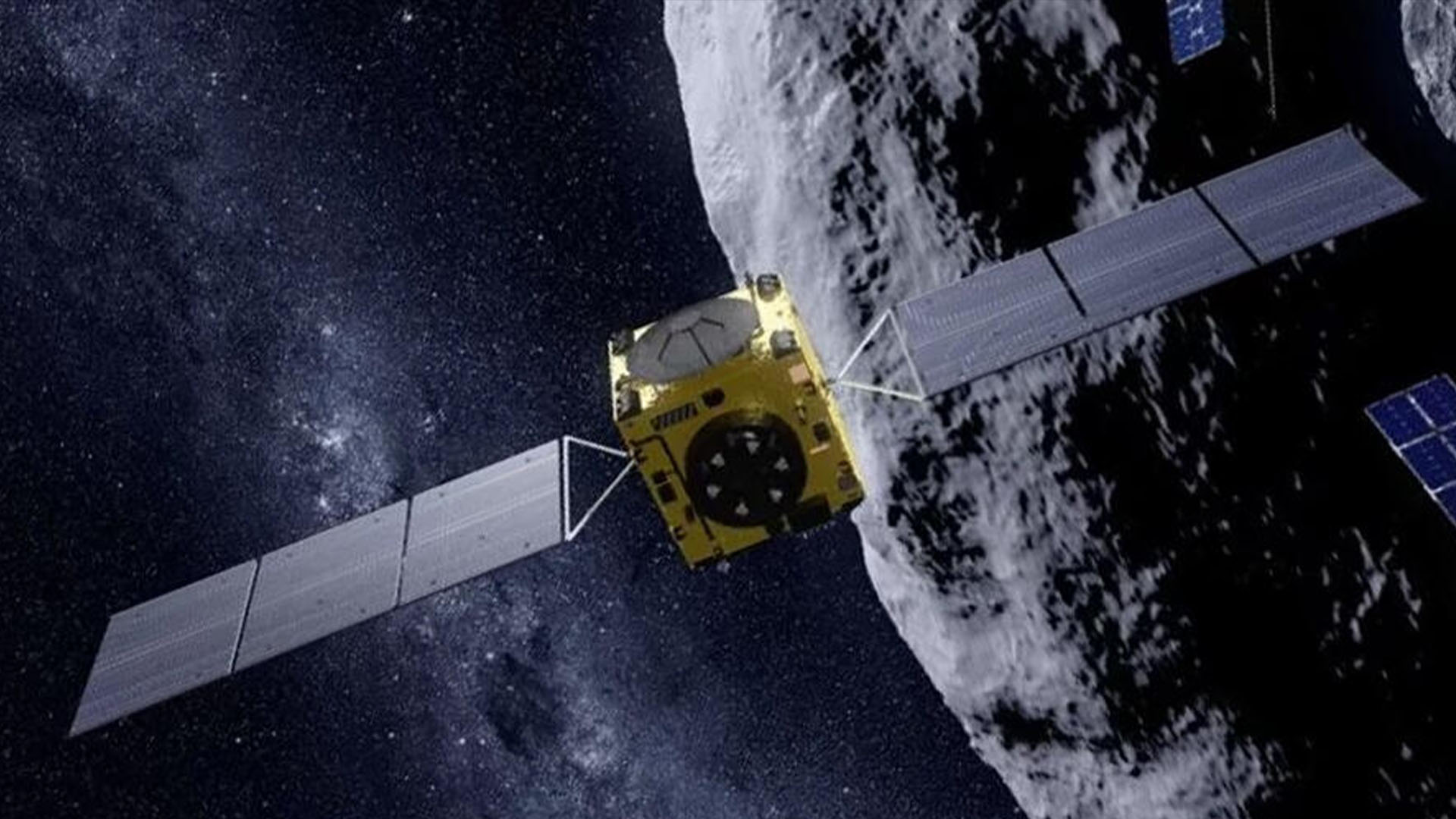
NASA's two Mars-bound satellites, which were designed at the University of California, Berkeley, will study how and when the Red Planet lost its atmosphere. They are now slated to launch no earlier than spring 2025, following a delay of the mission's original October 2024 launch.
The satellites — named "Blue" and "Gold" as a nod to UC Berkeley's school colors — will orbit Mars at different altitudes to gather simultaneous data on the planet's plasma and magnetic fields. With this information, scientists hope to learn how atoms are stripped from the Red Planet's atmosphere.
The mission, called Escape and Plasma Acceleration and Dynamics Explorers (ESCAPADE), was paused in September due to concerns that the delivery vehicle, Blue Origin's New Glenn rocket, wouldn't be ready. The alignment of Earth and Mars creates an ideal launch window every 26 months, so even small schedule changes can cause months-long delays. The spring 2025 launch will include a necessary gravity assist past Venus, which will lengthen the flight time by 1.5 years.
China's mission to snag samples from a near-Earth asteroid
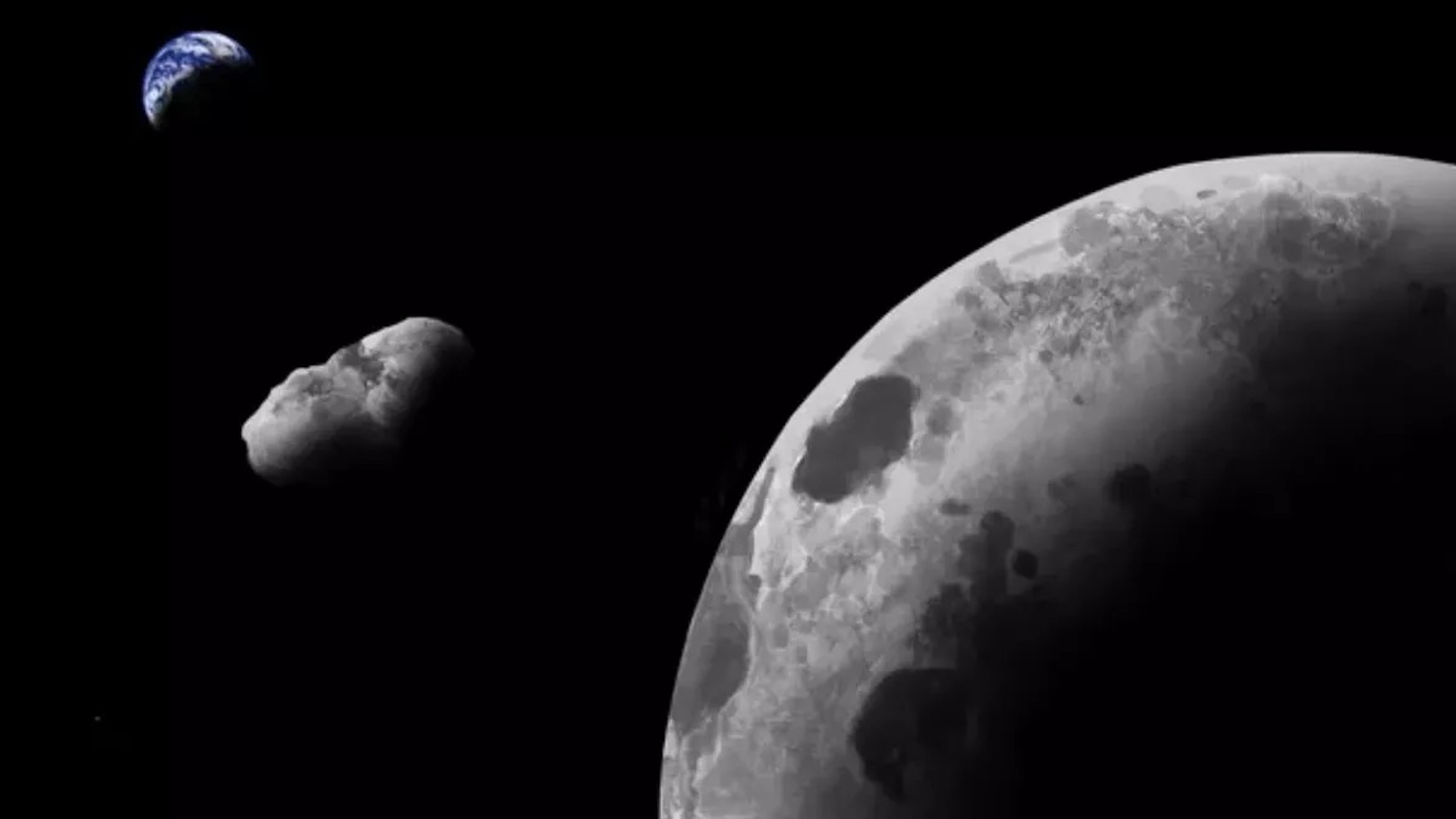
China is preparing for an ambitious mission to scoop up pieces of a near-Earth asteroid, return them to Earth, and then explore a comet in deep space. The Tianwen-2 spacecraft, which is scheduled to launch in May 2025, will rendezvous with 469219 Kamo'oalewa, a quasi-moon of our planet that was discovered in 2016. Ground-based observations suggest that, unlike most near-Earth asteroids, 469219 Kamo'oalewa may have been blasted from the moon's surface by a major impact between 10 million and 1 million years ago, relatively recently in the solar system's history.
Tianwen-2 will carry out remote sensing observations to assess potential landing sites before attempting to collect samples from the space rock. Then, the spacecraft will deliver the extraterrestrial bounty to Earth and use our planet's gravity to fling itself into a seven-year trajectory that will take it to the main-belt comet 311P/PANSTARRS in the mid-2030s.
Juno's potential death swirl into Jupiter
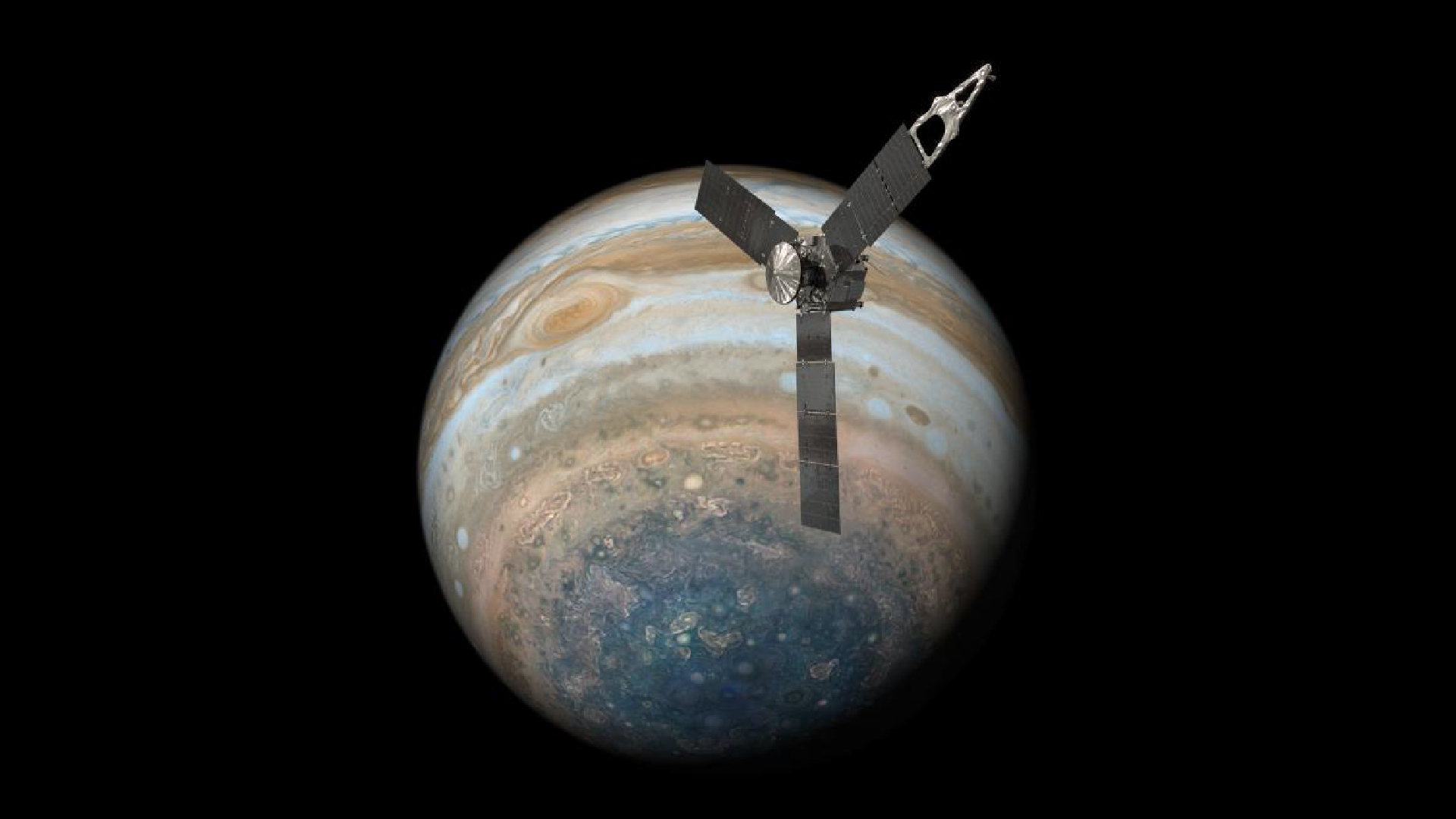
NASA's $1.1 billion Juno spacecraft has been studying Jupiter and its moons since 2016. The mission, which had been extended, will finally end in September 2025 as the spacecraft swirls into the gas giant, unless it survives Jupiter's intense radiation.
According to the mission plan, Juno's orbit will degrade naturally, allowing Jupiter's gravity to pull the probe into the planet's dense clouds. The final hurl, which will last about 5.5 days, will ensure the spacecraft and any Earthly bacteria that may have hitched a ride don't accidentally contaminate Jupiter's ice-crusted moon Europa, which scientists consider one of the best places in our solar system to search for alien life.
Europe's launch of reusable uncrewed robotic laboratory
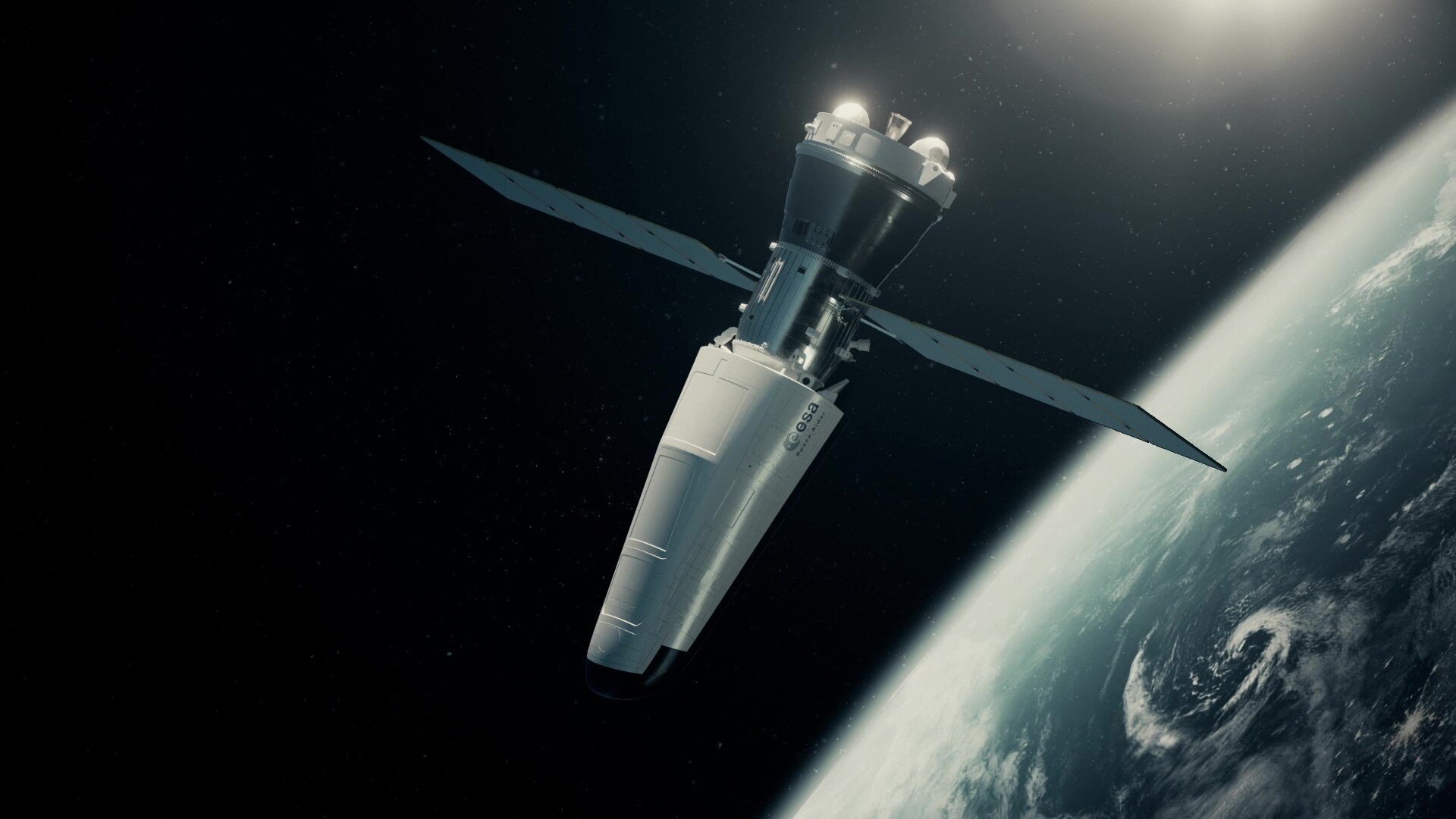
The European Space Agency's (ESA) Space Rider, an uncrewed robotic laboratory about the size of two minivans, is expected to launch in the third quarter of 2025. The space plane will stay in low Earth orbit for two months, during which the robotic laboratory will automatically conduct technology demonstrations and experiments in microgravity.
At the end of its mission, Space Rider will deorbit and land on a runway at Europe's spaceport in French Guiana and get refurbished for at least five more flights. The space plane is ESA's bid to provide commercial customers with affordable end-to-end launch services, with a broader strategy to help Europe maintain independent, routine access to and from low Earth orbit.







